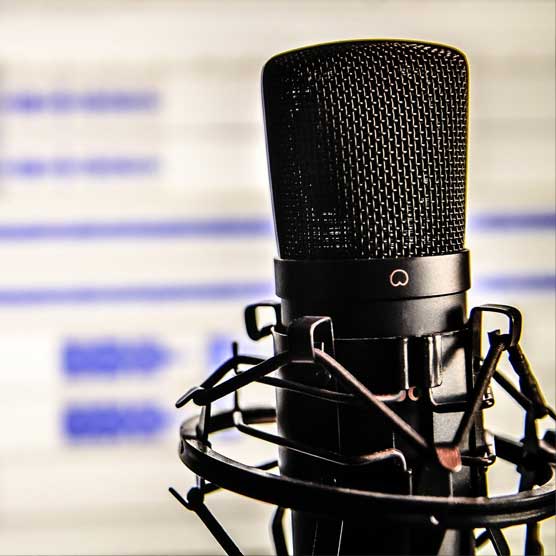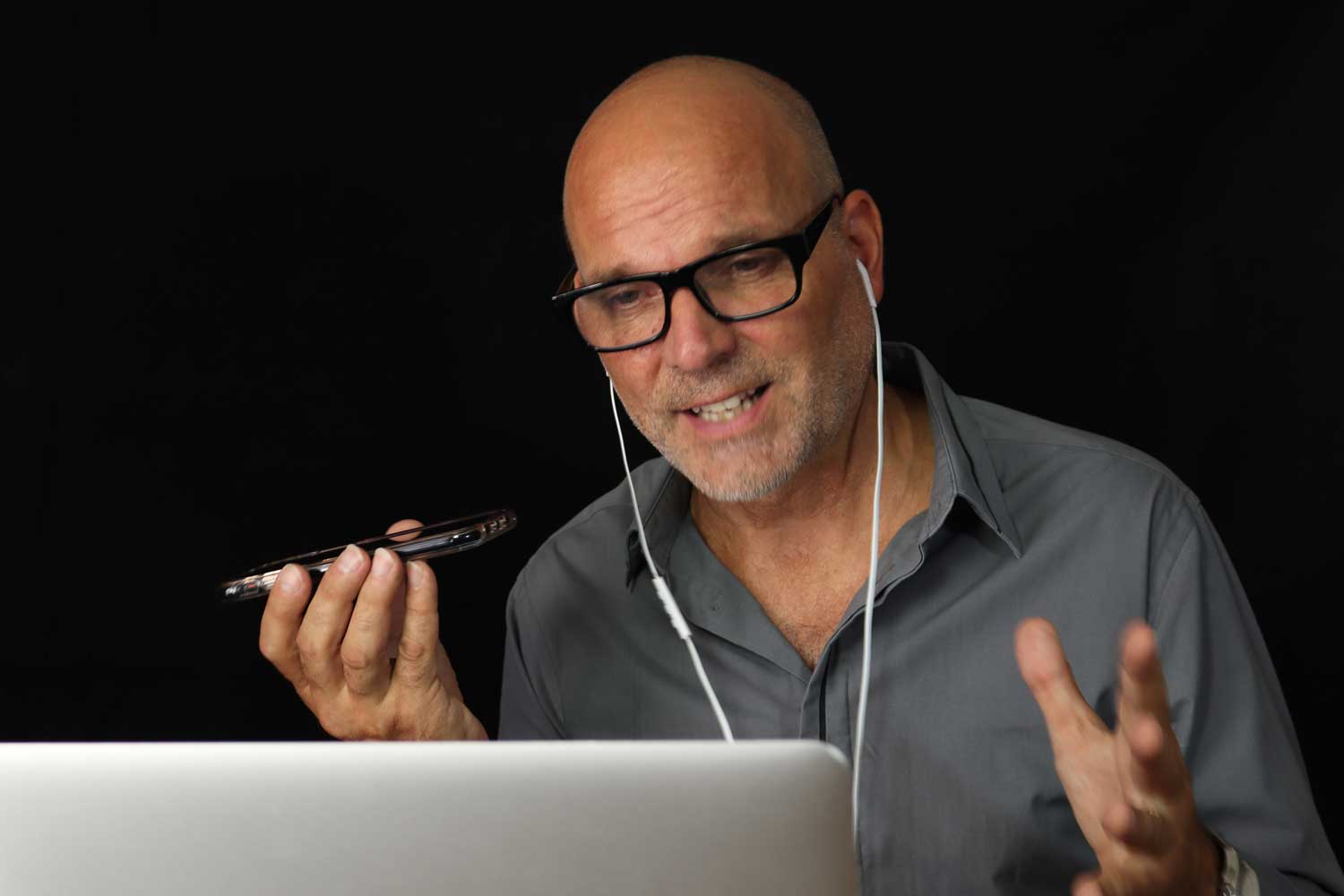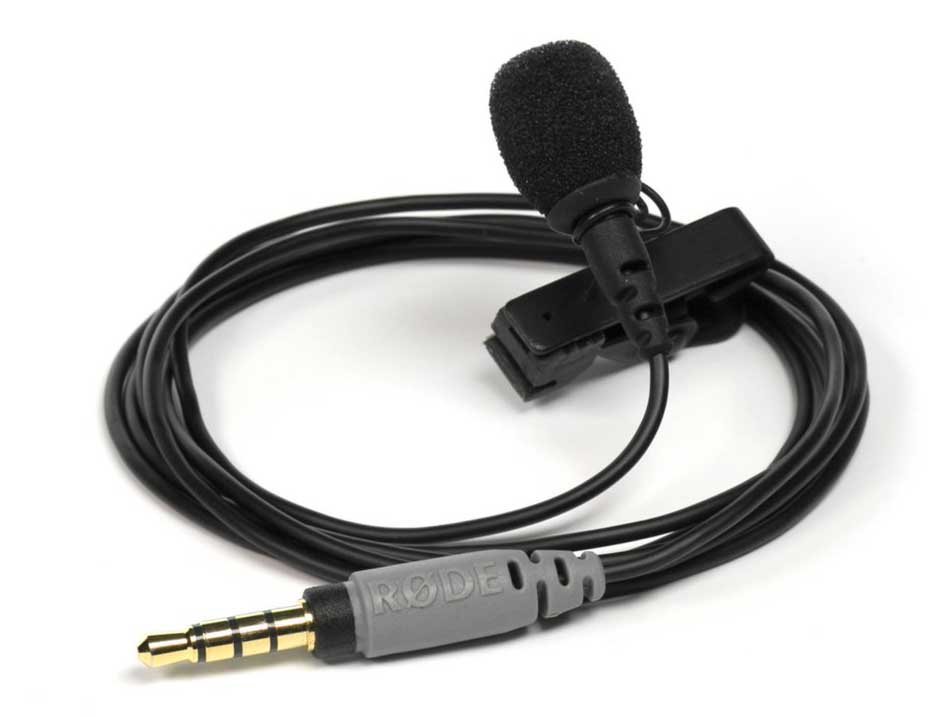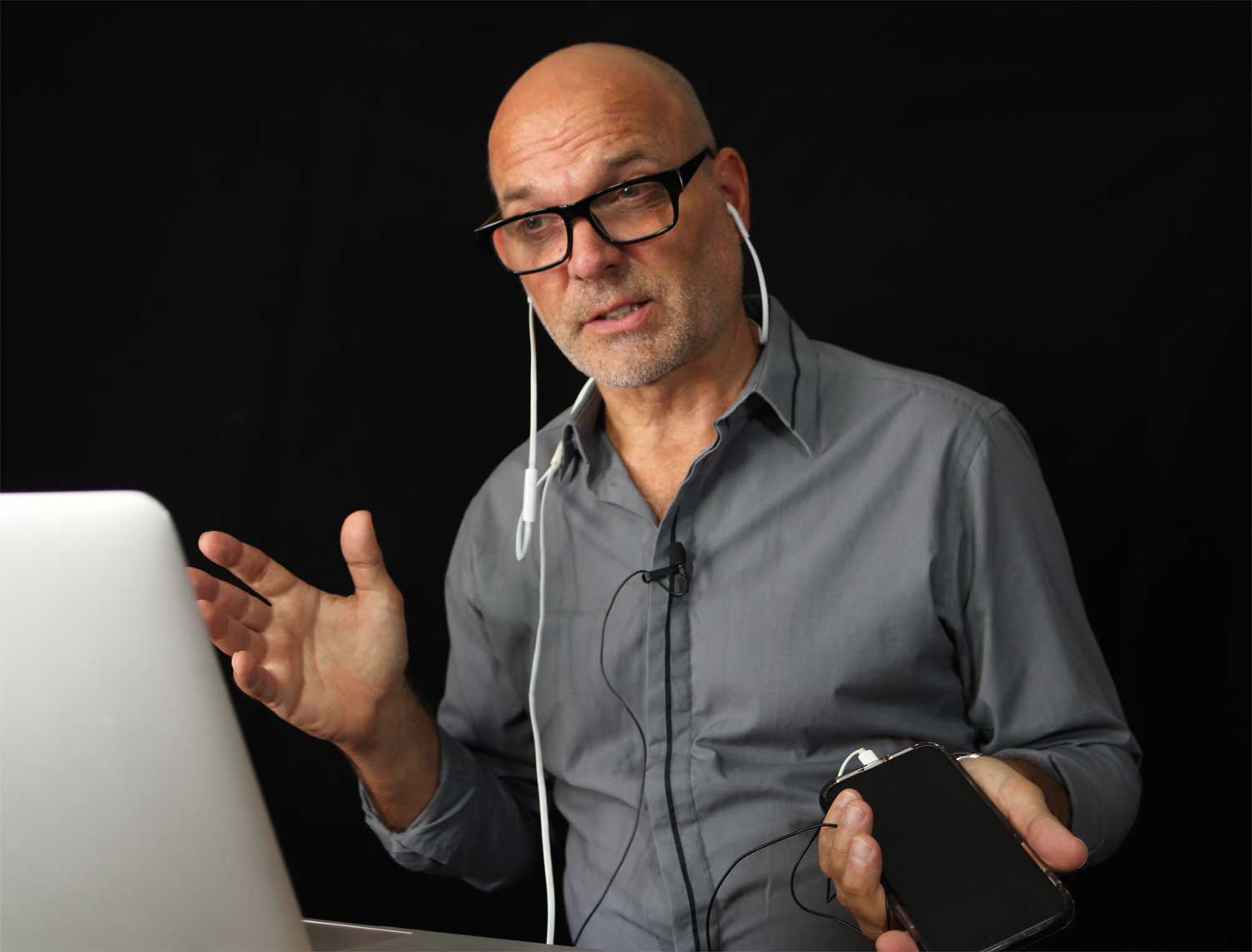
Here's how you do it
01
Choose a room without reverberation
That means a room that muffles sound. A bedroom is often a good place because mattresses and pillows help absorb the sound. You can clap your hands once to determine the room’s reverberation.
Make sure your room is silent, without or with minimal background noises, like AC, fans, street sounds etc.
That means a room that muffles sound. A bedroom is often a good place because mattresses and pillows help absorb the sound. You can clap your hands once to determine the room’s reverberation.
Make sure your room is silent, without or with minimal background noises, like AC, fans, street sounds etc.
02
Talking to the studio
Connect your headphones to your computer. Make sure you have a microphone on the headphones or built into your computer. Connect to Zoom, FaceTime, Skype or whatever platform you use.
Connect your headphones to your computer. Make sure you have a microphone on the headphones or built into your computer. Connect to Zoom, FaceTime, Skype or whatever platform you use.
03
To record yourself
- Open the voice-recording app on your smartphone. (Every smartphone has one, Iphones as well as Android phones.)
- Place the phone at the same height as your mouth.
- Hold the phone approximately 1 dm (4 inches) from your mouth with the phone’s microphone facing you. Like you're holding a hotdog. For longer interviews, use a pile of books in the right height for your smartphone.
- Start the recording and begin the podcast conversation.
- When you're done, send/export the audio file to the producer/editor.

Record with your smartphone by holding it at about the same height as your mouth, but 1 dm (4 inches) away, slightly to the side. We jokingly refer to this as the Hotdog Method.

To further improve the sound quality, you can connect an external lavalier microphone to your smartphone. The picture shoes a Røde Smartlav+.

If you have a lavalier microphone, place it on your shirt or sweater, as the picture shows.

